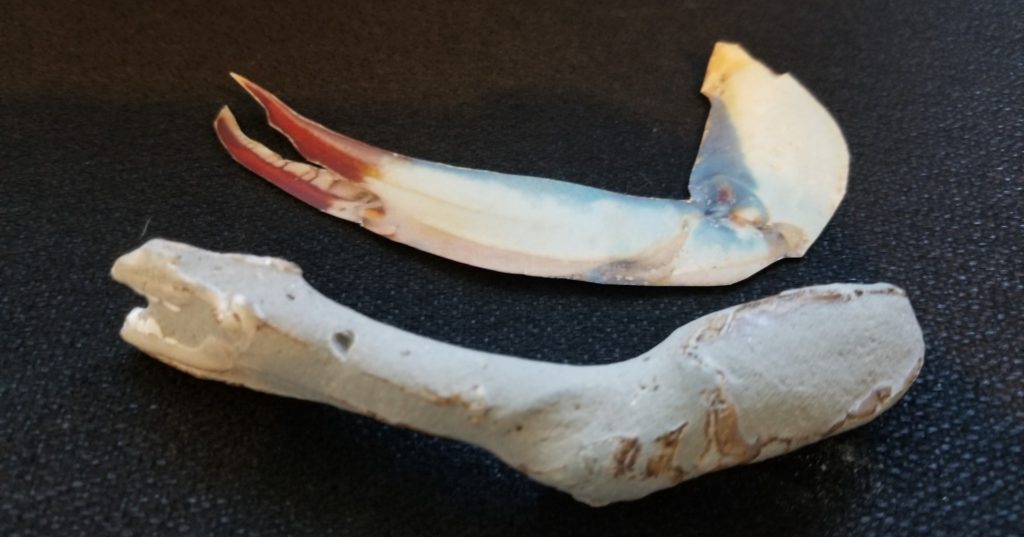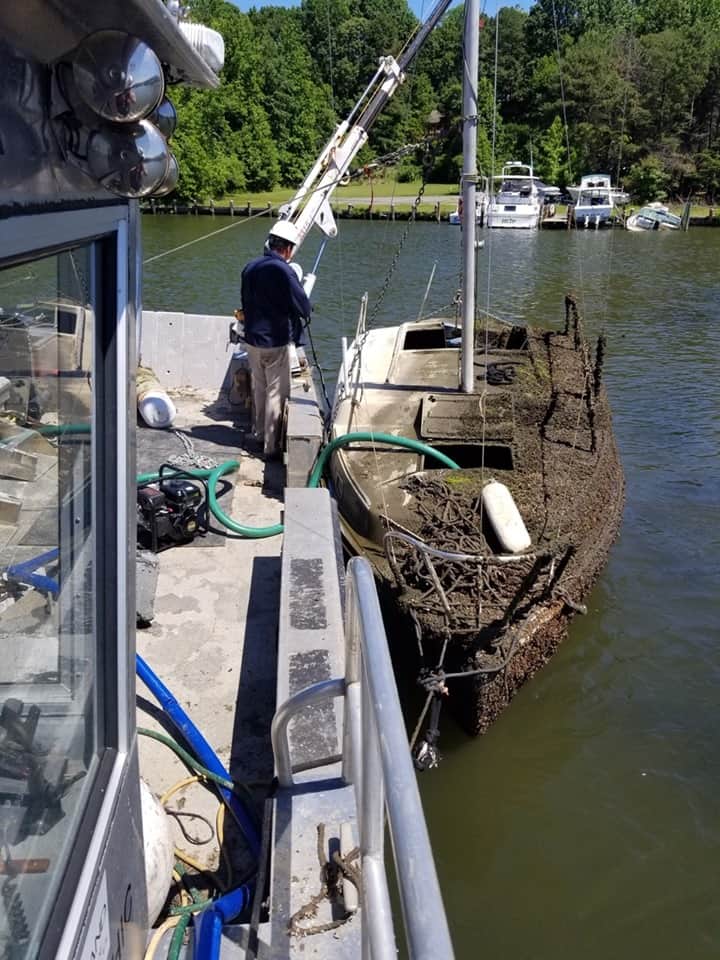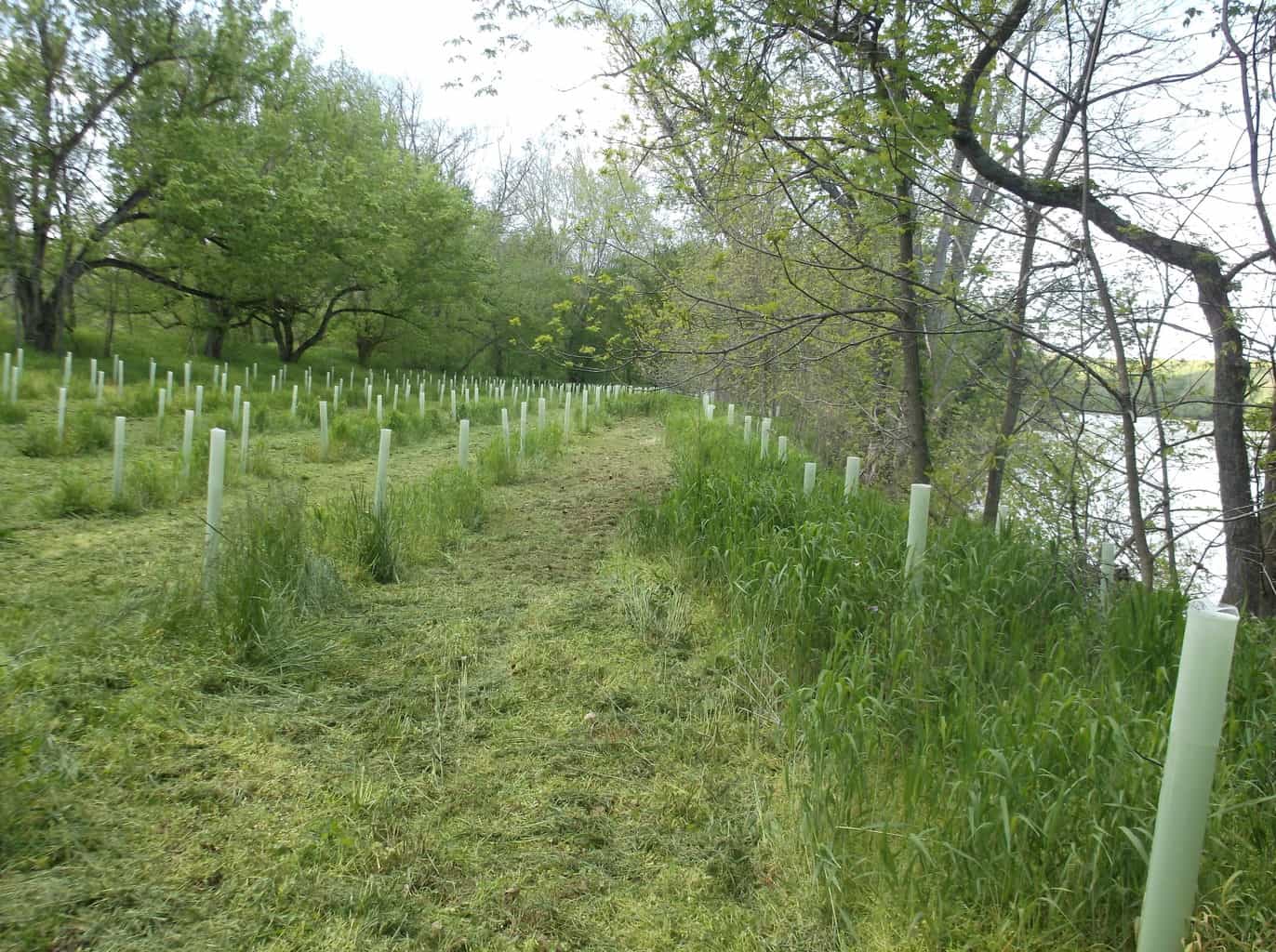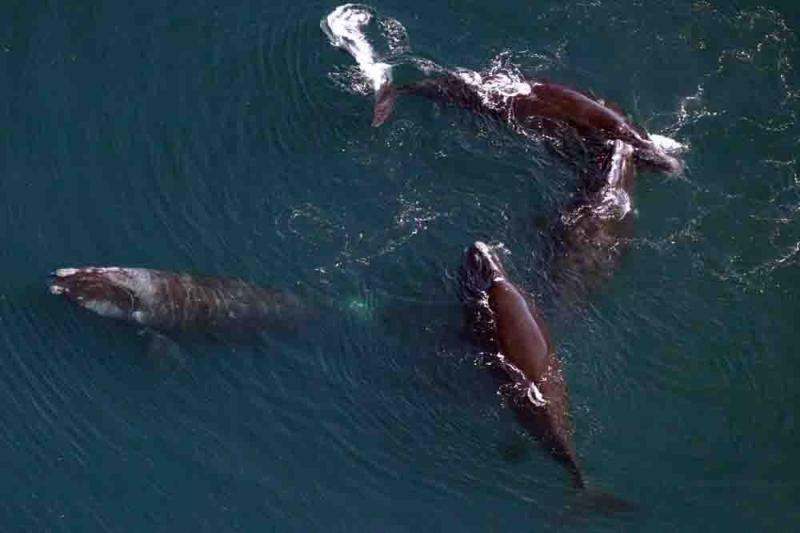There’s nothing notable about finding a crab claw washed up on the beach in Maryland—unless that crab claw is fossilized and estimated to be between 12 thousand and two million years old.
This amazing specimen was found on public land at Assateague Island National Seashore. Assateague says a beachwalker named Sharon was picking up trash and rescuing upside down horseshoe crabs, as she often does, when she noticed an interested-shaped object. “It semed as though it had teeth and an eye socket,” Assateague recounts.
Sharon reached out to the Smithsonian for help identifying the object, unlike anything she’d ever seen. A paleontologist from the Department of Paleobiology was able to identify the object as a fossil crab claw. The paleontologist’s response said, in part, “My colleague and I are quite certain that your specimen is a fossil crab claw. Given the nature of other fossils found in your area the fossil is likely Pleistocene in age (two million to 12 thousand years ago). The extra rock around it is a very well consolidated matrix that was so hard it didn’t readily erode.”
The paleontologist explained that the claw did erode slightly, which is why it wasn’t immediately identifiable as a crab claw. “The tips are gone and parts of the infilled area where the original flesh would have been has shown through, making the whole specimen look a bit odd.”
Because the fossil was found on public land, it is protected by the 2009 in to her that fossils found on public lands are protected by the 2009 Paleontological Resources Preservation Act, not finders keepers. Sharon returned the fossilized claw to Assateague Island National Seashore, and it’s now part of the seashore’s small collection of fossils.
-Meg Walburn Viviano




